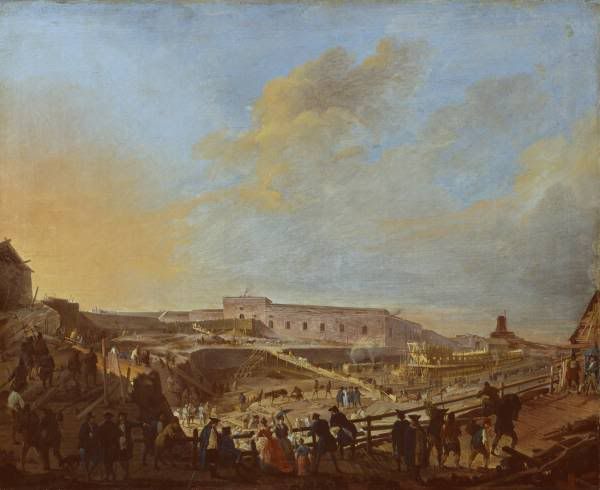
Connections, associations and innovations
The case of sea fortress Sveaborg, its foundation, socio-economic impact and innovative role ca 1730-1809
Historical research project (2010-2013), financed by the Academy of Finland, is studying the militarization of the Swedish/Finnish civil society during the second half of the eighteenth century. The focus of the research is laid on the building and maintenance of Sveaborg (Viapori in Finnish, nowadays known as Suomenlinna) fortress, its economic, social, cultural and political impacts in the Baltic area. A special attention is laid on the reconstruction of the area of influences of the huge demand of the labour force and materials in Helsinki and its hinterland. The socio-cultural impact of this large military concentration will be examined. As a huge building site and a base for the archipelago fleet Sveaborg was also an important innovative center, gathering and concentrating technological and military innovations from all over Europe and diffusing them forward in Sweden and Finland.
Sveaborg/Viapori was the biggest construction project in the 18th century Sweden, during the most intensive periods of the construction works there were ca. 8 000 men working on the islands near Helsinki – as well as in the town – at the same time. In the end of the 18th century about 4 000 people were permanently living in the fortress – as many as in the town of Helsinki. Sveaborg was one the most decisive factors in the development of Helsinki – without it Helsinki would hardly been chosen to be the new capital city of the Grand Duchy of Finland in 1812.
Project staff:
Docent, PhD Panu Pulma, project leader
Docent, PhD Mikko Huhtamies
MA Sofia Gustafsson
MA Juha-Matti Granqvist
MA Sampsa Hatakka
MA Sophie Holm
Scientific co-operators:
Professor Markku Kuisma
Docent, PhD Seppo Aalto
Docent, PhD Henrika Tandefelt
PhD, Information Specilist, Jessica Parland-von Essen
MA Magdalena af Hällström
